Dr. Le Xuan Huy, Deputy General Director of the Vietnam Space Center (Vietnam Academy of Science and Technology) said that the project to develop Vietnam's first radar satellite (LOTUSat-1) was deployed from 2021. Over the past years, the Vietnam Space Center has closely followed the project's progress. It is expected that from December 2024 to February 2025, the satellite will be launched into orbit.
In preparation for satellite exploitation after launch into orbit, it is expected that in September 2024, the entire ground system serving satellite operations will be completed at the Vietnam Space Center in Hoa Lac ( Hanoi ) to be ready to receive the first signal from the satellite.
According to Dr. Le Xuan Huy, radar satellites have a big difference from optical satellites in that they take pictures in all weather conditions, especially in cloudy, foggy, low-light conditions, both during the day and at night. Data provided by this radar satellite is expected to make an important contribution to Vietnam in cloudy climate conditions.
In addition to satellite development, the Vietnam Space Center also conducts technology transfer classes on radar satellite image processing to prepare technology and human resources for ministries, branches and units so that when the satellite is launched into orbit, the collected data will be exploited effectively. The satellite is expected to operate in orbit for 5 years.
Previously, in 2019, the Vietnam Space Center and Sumitomo Corporation (Japan) signed the contract for the "LOTUSat-1 satellite, equipment and human resource training" package under the Vietnam Space Center Project. This is the first earth observation satellite project coordinated by a Japanese company using ODA loans under the special terms for economic partnership (STEP) from the Japan International Cooperation Agency (JICA).
The LOTUSat-1 satellite weighs 570 kg, uses the latest radar technology with many advantages such as detecting objects from 1m in size on the ground, the ability to observe both day and night. LOTUSat-1 can operate in all weather and climate conditions. This is especially meaningful in Vietnam in particular and Southeast Asia in general due to the tropical climate characteristics that are covered by clouds and fog most of the time.
VNREDSat-1 has captured and transmitted about 160 thousand images to the ground.
The Vietnam Space Center also added that another satellite that is operating effectively in orbit is the VNREDSat-1 satellite. This is Vietnam's first optical earth observation satellite.
VNREDSat-1 satellite, measuring 600 mm x 570 mm x 500 mm and weighing about 120 kg, developed by Airbus Group, was successfully launched into orbit on May 7, 2013. This is the result of an ODA project supported by the French Government to Vietnam, a complete earth observation satellite system including satellites and control stations, receiving and processing images from satellites.
Dr. Ngo Duy Tan, Deputy Director of the Institute of Space Technology (Vietnam Academy of Science and Technology) said that up to now, the VNREDSat-1 satellite has been operating in orbit for twice as long as it was designed and continues to be operated and exploited safely and effectively, providing remote sensing images to serve the needs of ensuring national defense and security, socio-economic development, as well as research and training.
After more than 10 years of operation in orbit, the VNREDSat-1 satellite has captured and transmitted to the ground about 160,000 images measuring 17.5km x 17.5km across the entire territory and territorial waters of Vietnam and around the world. This is a significant achievement compared to the general level in the region as well as in the world./.
Source


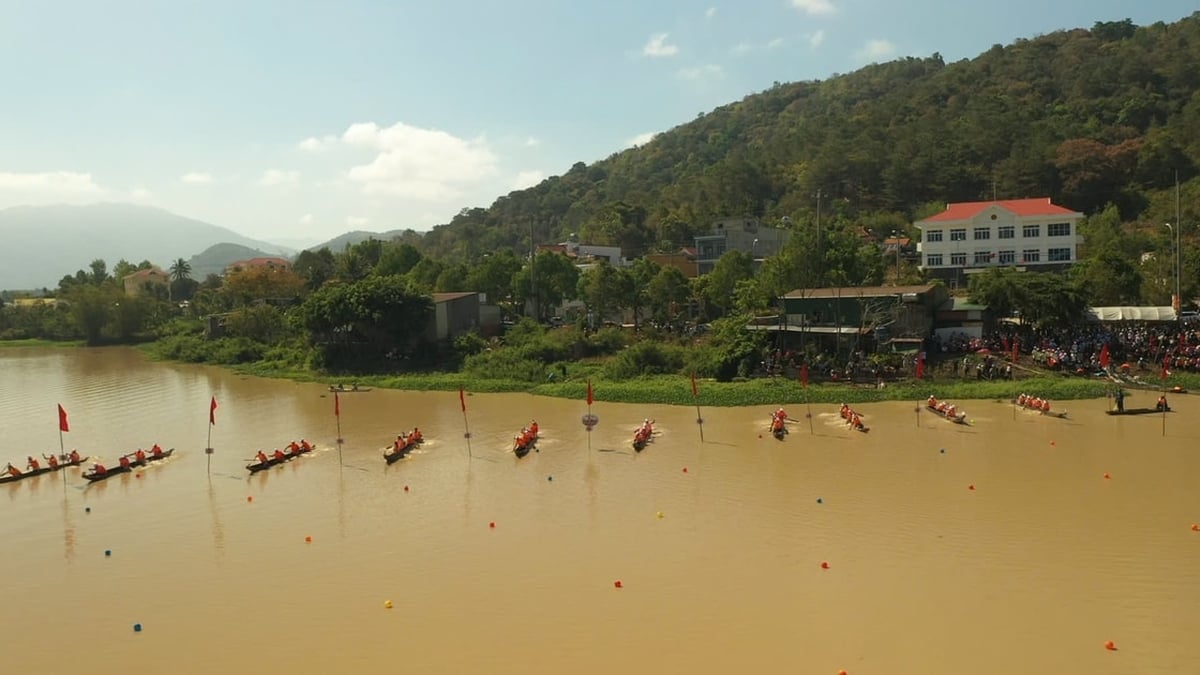


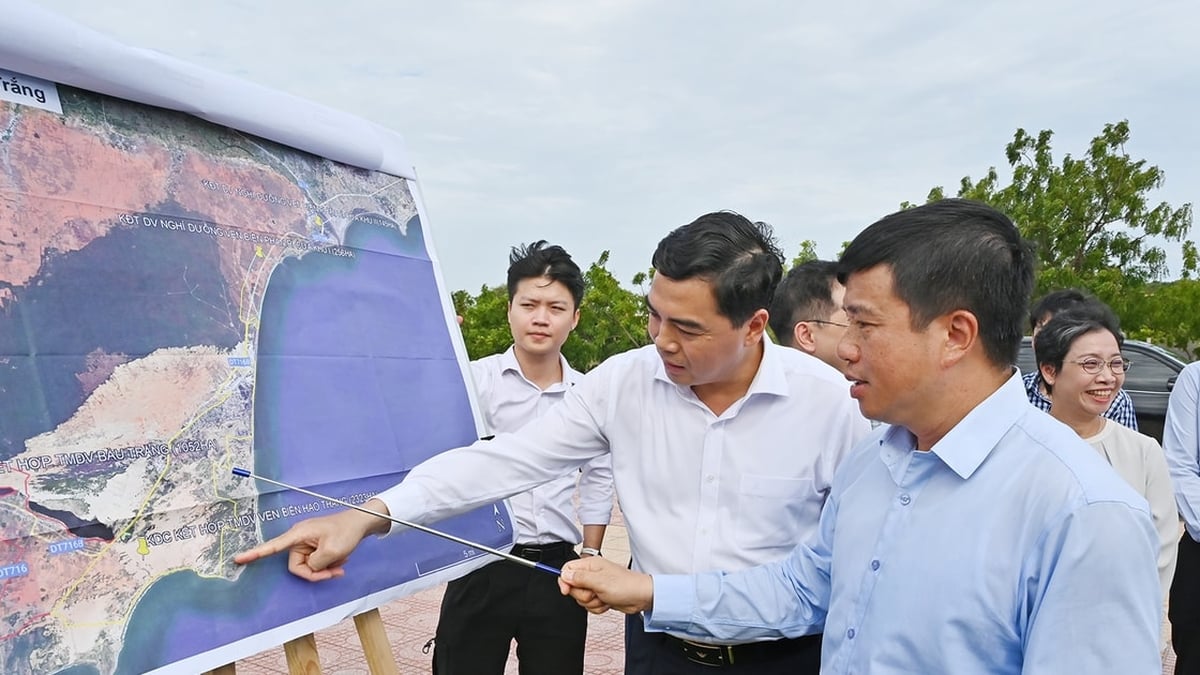
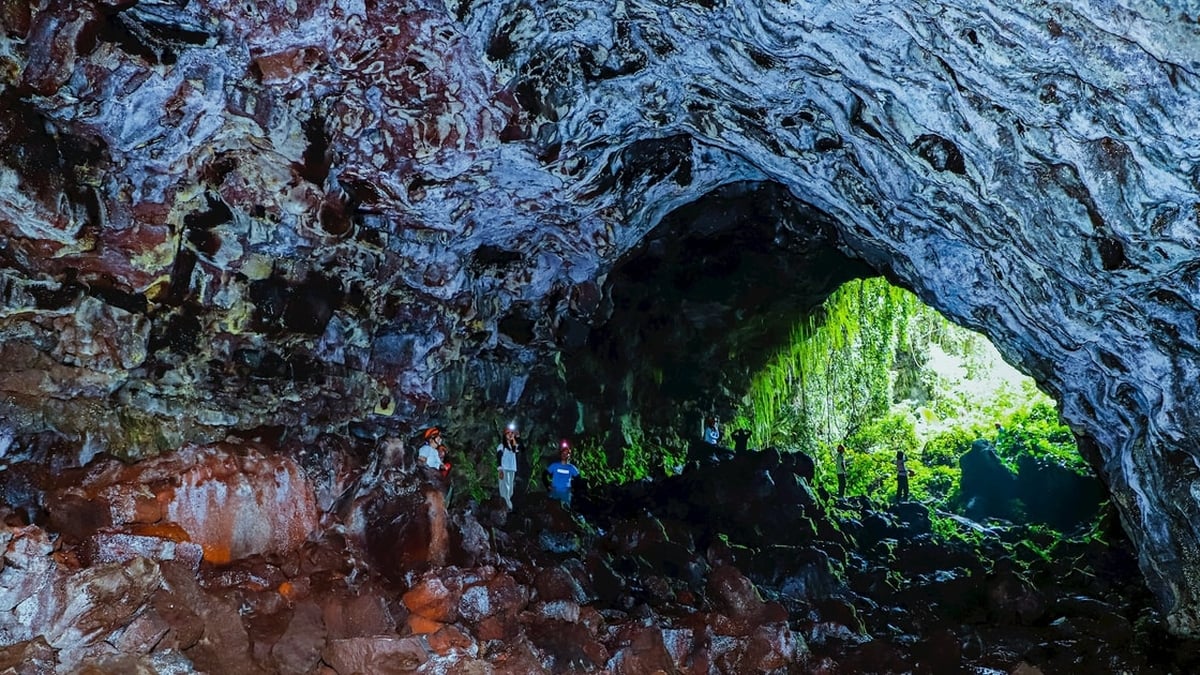


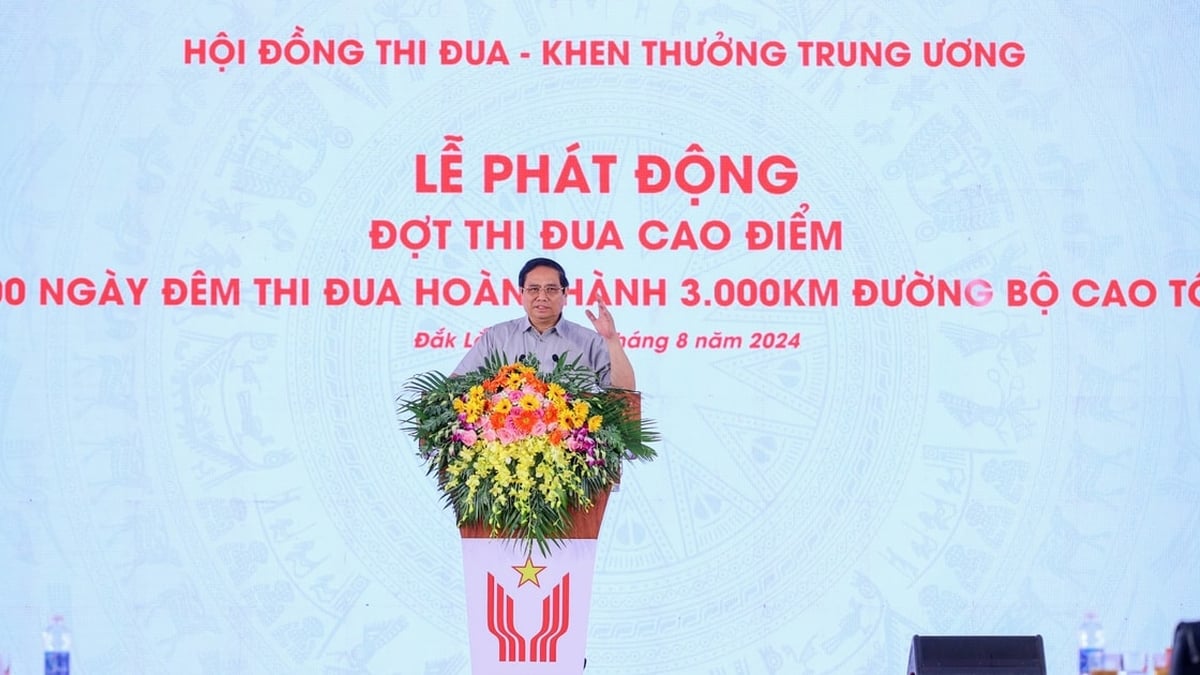
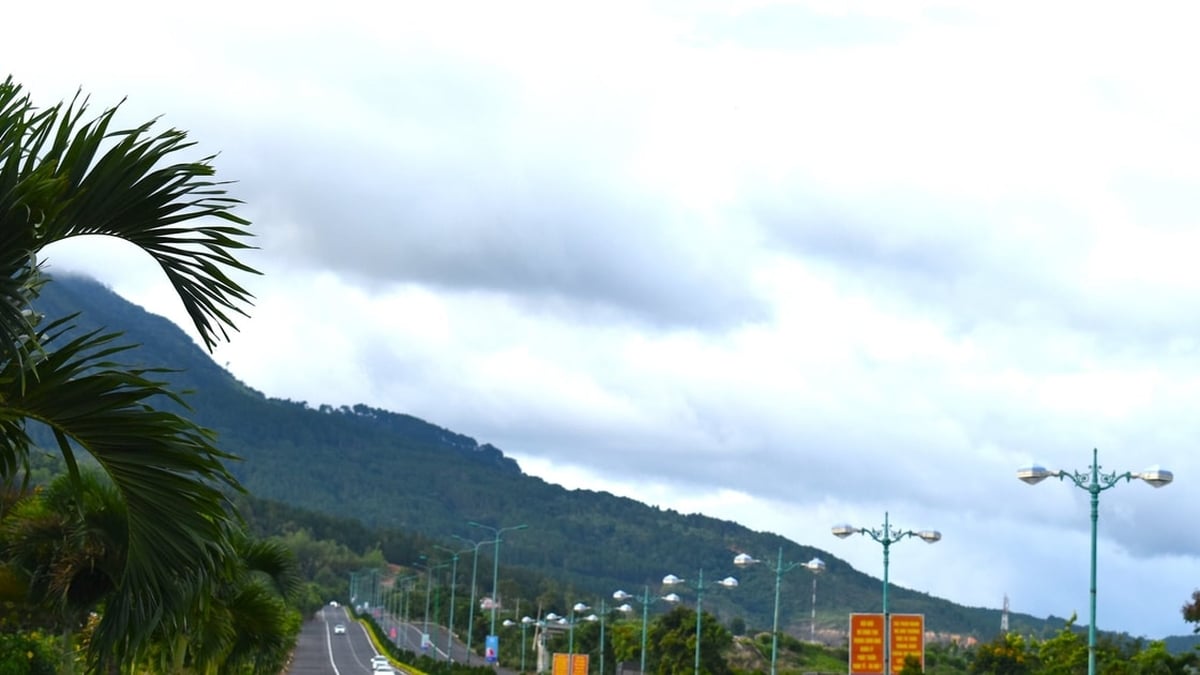
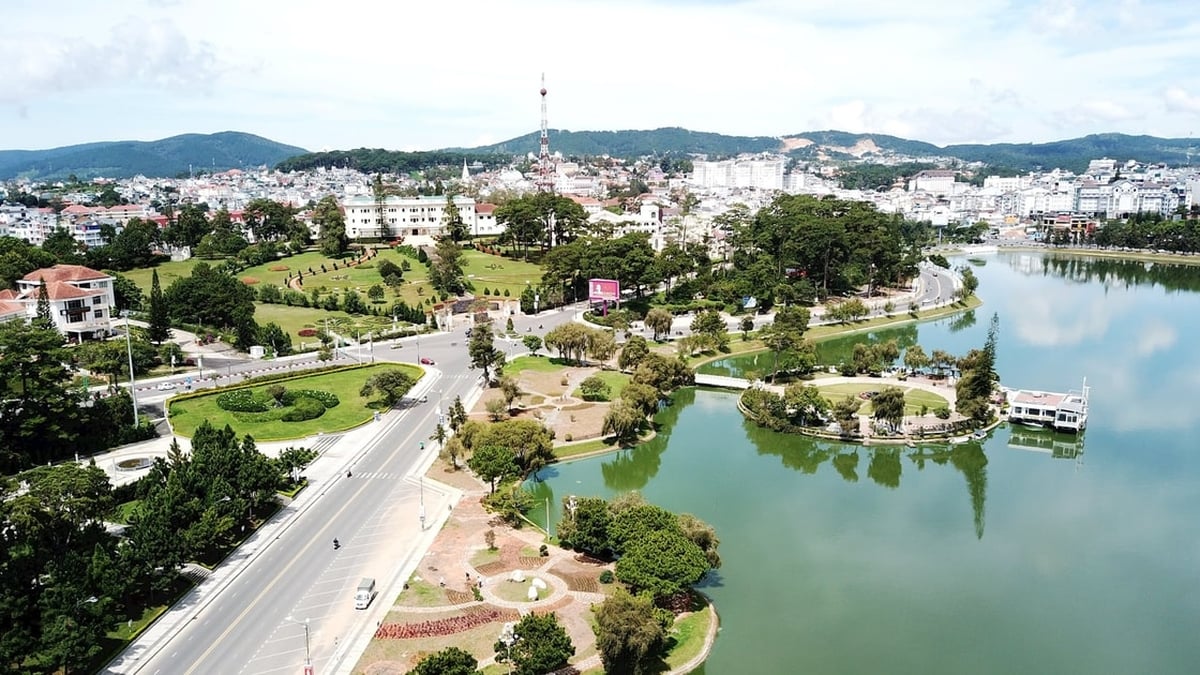























































































Comment (0)